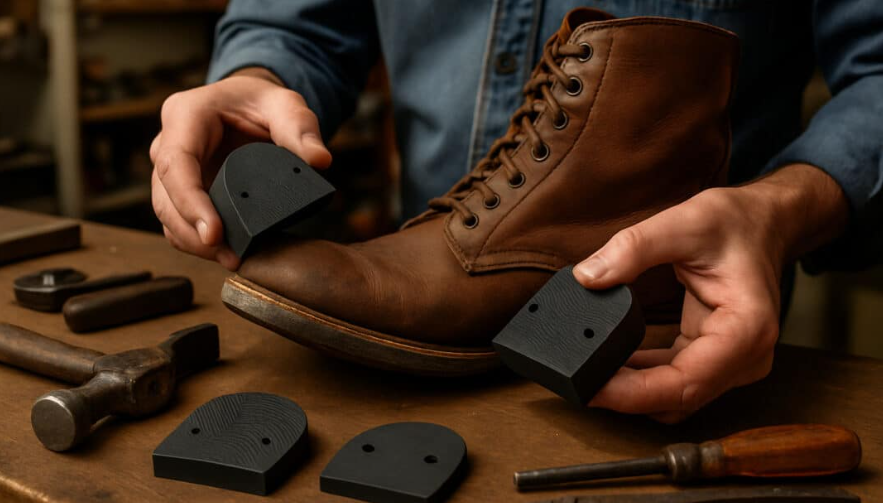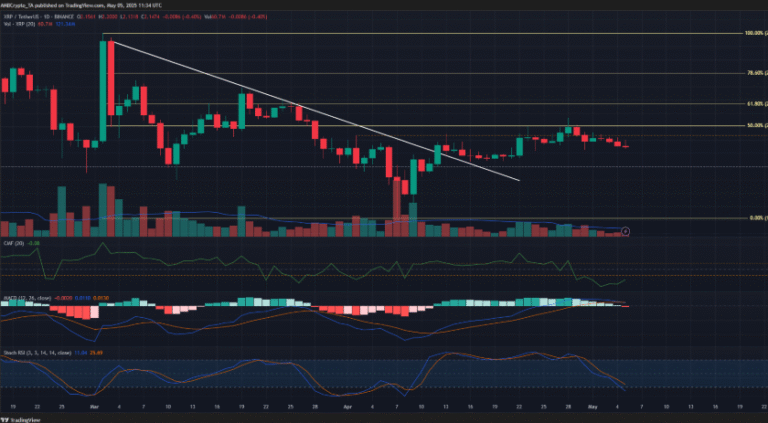Materials and Construction: Evaluating Quality in Heeled Boots
Introduction
Heeled boots blend fashion and practicality, serving as an iconic choice for diverse occasions. Their unique combination of style and utility ensures they remain a go-to staple in wardrobes worldwide, from the workplace to evenings out. However, the durability and ongoing comfort of any heeled boot are determined by two critical factors: material selection and construction methods. It is important to recognize how deeply these elements impact your footwear investment’s longevity, comfort, and even safety. Knowing how to scrutinize these areas helps shoppers consciously choose boots that truly deliver aesthetically and in terms of value. Exploring options like TOMS boots for women is a practical way to compare styles, materials, and construction approaches to discover the subtle differences that define premium heeled boots in today’s market.
Whether selecting boots for professional environments, casual daily wear, or special events, developing an understanding of what sets superior footwear apart—from types of genuine leathers to the rise of innovative synthetic alternatives—will help shoppers secure equal parts reliable and stylish boots.
Key Materials in Heeled Boots
Leather
Leather remains a gold standard among materials for heeled boots, and for good reason. It offers an exceptional combination of resilience, breathability, and elegance that few other materials can rival. Full-grain leather, the highest grade, preserves the original grain of the hide, providing a distinct and natural look and ensuring that the boot’s upper is strong and highly resistant to wear. Over time, full-grain leather develops a unique patina as it ages—a sign of quality that allows the boots to acquire more character with every step. Suede, a variation of leather crafted from the underside of the hide, is favored for its softness and flexibility. It lends a more relaxed look than smoother leathers but is also more susceptible to staining and scuffing.
Synthetic Materials
Recent advancements in synthetic materials have paved the way for credible alternatives to natural leather in the construction of heeled boots. Modern synthetics, such as polyurethane or microfiber blends, can convincingly replicate genuine leather’s luxurious look and supple feel. These options often appeal to buyers who value easy maintenance or seek out footwear that resists water, which can help boots stay looking new even in wet climates. Additionally, synthetic materials are often lighter than leather, making them a practical choice for those prioritizing comfort over long days. However, there are notable trade-offs: most synthetic leathers. In contrast, impressively durable and nearly indistinguishable from true leather at a glance, they typically offer lower breathability and may degrade with prolonged exposure to sunlight or sustained heavy use.
Innovative Materials
The footwear manufacturing world continues to embrace innovation, with many modern heeled boots now featuring advanced materials designed for performance. Components like carbon fiber shanks, reinforced nylon, or impact-resistant plastics are increasingly used to provide structural support in critical zones, such as the arch, heel, and toe box. These high-tech materials can dramatically increase the boot’s lifespan and its resistance to harsh or repetitive conditions, without adding significant weight that could compromise comfort. Often found in boots aimed at people who spend long periods on their feet or in boots designed for inclement weather, these innovations complement more traditional materials, resulting in a hybrid construction that capitalizes on both strengths. By pairing supple leather or synthetic uppers with modern reinforcement in key stress points, bootmakers balance classic appeal and state-of-the-art engineering, offering users a tangible upgrade in performance and style.
See also: How to Choose the Right Electrical Company for Your Home
Construction Techniques
Goodyear Welt Construction
Goodyear welt construction is regarded as one of the finest traditional bootmaking methods. With this technique, a robust leather or synthetic welt is stitched to both the boot’s upper and the outsole, creating an incredibly stable and water-resistant seal. The process is labor-intensive, often resulting in higher price tags for these boots, but the investment pays off through extended longevity. The key advantage is that Goodyear welted boots can be resoled multiple times, significantly extending their useful life—a feature especially desirable for boots subjected to frequent or heavy use.
Cement Construction
Cement construction is as pivotal in fashion footwear, if for different reasons. This approach involves securing the upper directly to the outsole using industrial-strength adhesives. The results are boots that are notably lighter and more flexible. Cemented construction facilitates cost savings in manufacturing, which is often passed on to the consumer as lower prices, making this method prominent among more accessible or fashion-oriented heeled boots. However, there are downsides to consider. While cemented boots may feel soft and require no break-in period, they usually cannot be resoled. Once the glue weakens, the sole may detach from the upper, relegating the boots to a shorter lifespan than those with stitched construction.
Injection Molding
Injection molding represents another contemporary construction method, especially popular in waterproof or performance-focused heeled boots. In this process, the boot sole is formed by injecting materials like rubber or EVA foam directly onto the upper, creating a watertight, seamless connection. The integration enhances water resistance and can dramatically decrease the boot’s overall weight, making it a favorite for those in frequent contact with wet environments. Despite these advantages, repairability is often quite limited, as damage to the sole or the bond is frequently irreparable. Regardless, injection-molded boots offer comfort and protection, especially for outdoor or utilitarian applications where practicality is paramount.
Evaluating Heel Quality
Heel Materials
The heel is a focal point of the boot’s silhouette and durability. The choice of heel material greatly affects not only the style but also how the boots stand up to daily use and adverse conditions. Stacked leather heels offer a traditional, high-end look and are constructed by layering multiple leather pieces for strength and stability. Their density and structure make them ideal for long-term wear, as they retain their shape under consistent pressure and provide predictable traction. Wooden heels, another longstanding favorite, bring classic appeal and substantial weight for an authoritative stride. Wood heels can last for years and develop attractive grain patterns with time when constructed well and properly maintained. On the other side, molded plastic or synthetic heels, often found in more affordable boots, may be attractive for their minimal weight and variety of available finishes. Still, they generally lose their shape or support more quickly under rigorous daily use.
Heel Attachment
The attachment method used for the heel can make or break the longevity and safety of any heeled boot. Premium boots typically secure heels using nails, screws, or intricate pegging methods, promoting enhanced structural integrity and reducing the risk of the heel loosening over time. These hand-applied techniques ensure peace of mind, particularly in boots with higher lifts or those designed for extensive walking. Conversely, many fashion brands use industrial adhesives to quickly affix the heel, making for efficient production but sometimes sacrificing the shoe’s longevity.
Safety Considerations
High-heeled boots are popular for elevating any outfit instantly, but it is crucial to consider the potential risks associated with elevated footwear. According to safety experts from the American College of Foot and Ankle Surgeons, wearing heels increases the risk of ankle sprains and slips. It falls, especially as the heel height rises or the sole becomes less slip-resistant. Selecting boots with a broader, lower heel and a well-textured, grippy sole can mitigate these hazards. Many contemporary heeled boot designs feature slip-resistant outsoles tailored for traction and style, making it easier to stay fashionable without sacrificing day-to-day stability or comfort.
Final Thoughts
Choosing quality heeled boots ultimately balances materials, construction techniques, and safety features. Opting for full-grain leather, robust construction like Goodyear welting, and paying attention to heel attachment can ensure years of reliable wear. Meanwhile, prioritizing a stable heel and non-slip sole protects against the common hazards associated with fashionable footwear. Awareness of these key aspects empowers consumers to select boots that marry style, comfort, and safety with enduring quality. When you know what separates a well-made pair of boots from the rest, you add enduring value to your wardrobe and ensure every step you take is stylish and secure.






